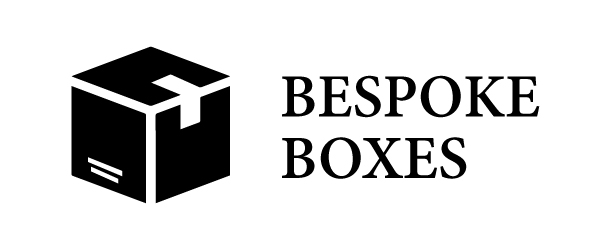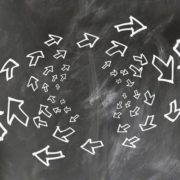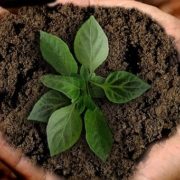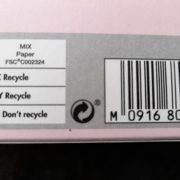Linear V Circular Economy
You may have heard the terms linear economy and circular economy, but what do they mean?
Linear Economy
A linear economy has been commonplace in modern society. It is where goods and packaging are designed and manufactured with little thought as to what happens to them after use. The result is that once used, the items are generally discarded. With issues relating to global pollution and resource scarcity, this is no longer a viable option.
Circular Economy
Interest in a circular economy has been steadily growing as an alternative to the linear model. This is where goods and packaging are designed and manufactured with thought to their entire life cycle. In this model, a high percentage of recycled materials are used in production. In addition, thought is given to how the item might be reused and repaired. It is also widely recyclable at the end of use.
Benefits of a Circular Economy
The clear advantage of a circular economy model is the potential to minimise waste and pollution. However, there are other benefits too. Using recycled materials is typically cheaper than raw materials and the process consumes less water and energy. This reduces the risk of resource scarcity and can lower bills.
Costs can also be cut by avoiding the increasing number of fines that are coming into force, such as the Plastic Tax. In a world that is affected by environmental, economic and political issues, a circular economy makes good business sense. So, now is the time to design, manufacture and sell sustainable packaging and products.
Read more about this in Why Must Businesses Become Circular? article published by Packaging Gateway.






